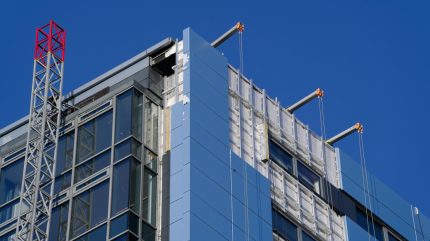
The UK’s National Audit Office (NAO) has reported that up to 60% of buildings with dangerous cladding in the country remain unidentified, and remediation within the government’s portfolio is progressing slowly.
The NAO’s first report on the UK government’s remediation portfolio since the consolidation of five programmes in 2023 has led to recommendations for setting a target date for completion and improving transparency on remediation performance.
The report follows the Grenfell Inquiry, which delved into the causes of the tragic fire in June 2017. It assesses how the Ministry of Housing, Communities and Local Government (MHCLG) is managing the identification of unsafe buildings, advancing remediation works, and controlling taxpayers’ exposure to costs.
The government has broadened the scope of its programmes as the extent of the cladding issue has become clearer, now targeting dangerous cladding in an estimated 9,000 to 12,000 buildings over 11m.
Despite an increase in remediation activity since the NAO’s 2020 investigation, identification of buildings is lagging, with a potential 7,200 or more still to be found.
This leaves residents uncertain about when their buildings will be made safe. While most leaseholders are now shielded from remediation costs, the emotional and financial distress continues.
Building owners are responsible for remediation, but engagement with government grants is voluntary. The lack of complete building records and difficulties in tracing ownership complicate the identification process.
Seven years post-Grenfell, an estimated 98% of high-rise buildings with dangerous cladding are in the governmental portfolio, aided by the mandatory registration introduced by the Building Safety Act 2022.
However, for medium-rise buildings, there is no mandatory registration, and some owners may be reluctant to engage due to the potential uncovering of nonfunded issues.
Out of the 4,771 medium-rise buildings in the government’s portfolio, remediation has not started on more than half, is underway for a fifth, and is complete for about a third. Only 12-16% of all buildings potentially in scope have completed remediation.
The NAO report also notes that MHCLG’s remediation programmes may overlap with broader government priorities such as decarbonisation and new home construction, and suggests that MHCLG should ensure policies are not counterproductive.
As investigations continue, the data gathered may support future government initiatives, including net-zero targets.


